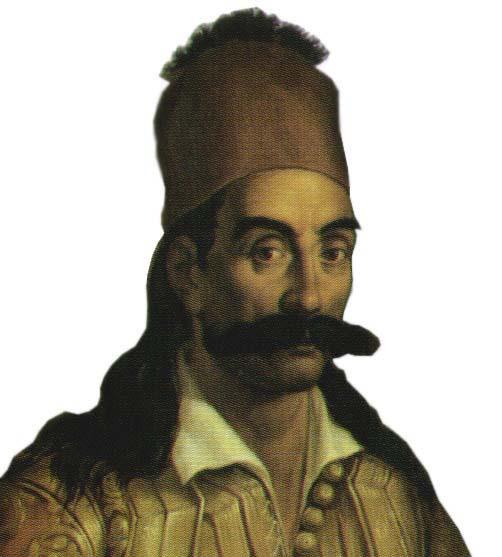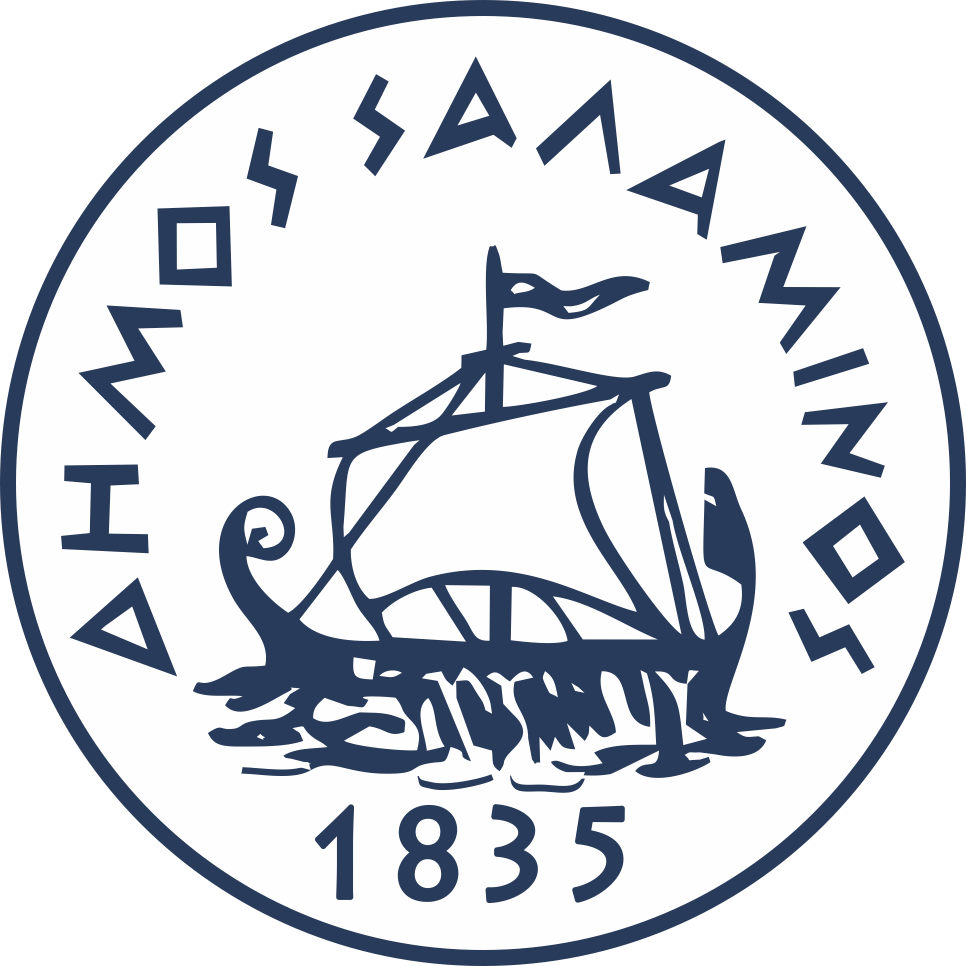During the Turkish occupation, due to its unique position, the island enjoyed certain benefits while, at the same time, it made positive contributions to the struggle for liberation.
The island offered a place of safety for refugees, such as those from Athens in 1687, in addition to the people from Attika and Boeotia in 1770 and in 1821. It was from this experience that the phrase: ’’My heart has flown to Koulouri’’ is derived.
Salamina participated in the ‘’Orloff Revolt’’ with Mitromaras as its leader, who later donated his sword as a token of faith to the Monastery of Phaneromeni. Later still, a cell of the ‘’Society of Friends’’ (a society formed to encourage and facilitate the War of Independence) was formed on the island, under the leadership of the abbot of the Phaneromeni Monastery, Gregorios Kannellos. Kanellos, in turn, initiated the brothers Anagnostis and Antonis Virvilis into the Society.
During the revolution of 1821, the island took a vigorous part in the sruggle for independence through the leadership of George Glistis, as well as George Mathessis, John Kritsikis, Anagnostis Virvilis, Anagnostis Karnesis, John Viennas and others.
The Monastery of Phaneromeni supplied substantial and noteworthy assistance to the struggle for Independence. In 1823, the Provisional Revolutionary Executive and Legislative bodies were established on the island. Additionally, in 1824, the printing the facility of the ‘’Athenian Newspaper’’, published by G. Psillas, was transferred to the island. During the struggle, many leading members of the revolution enjoyed the island’s hospitality, especially those who participated in the military operation in Attika, Athens and Phaleron, such as Makriyiannis, Tsavelas, Demetrios, Ypsilantis, Mavrovouniotis and others. The island also offered its hospital to George Karaiskakis, whose most elite troops were a group consisting of fighters from Salamina. After his death from wounds received in the Battle of Phaleron in 1827, Karaiskakis was buried in the church of St. Demetrios, pursuant to his wishes. In 1996, his tomb was reconstructed and his marble bust was placed in the church’s courtyard. In 1830, the National Governor, John Kapodistrias, founded the first elementary school on the island, which remained in operation until 1981, and now houses the archaeological museum.



